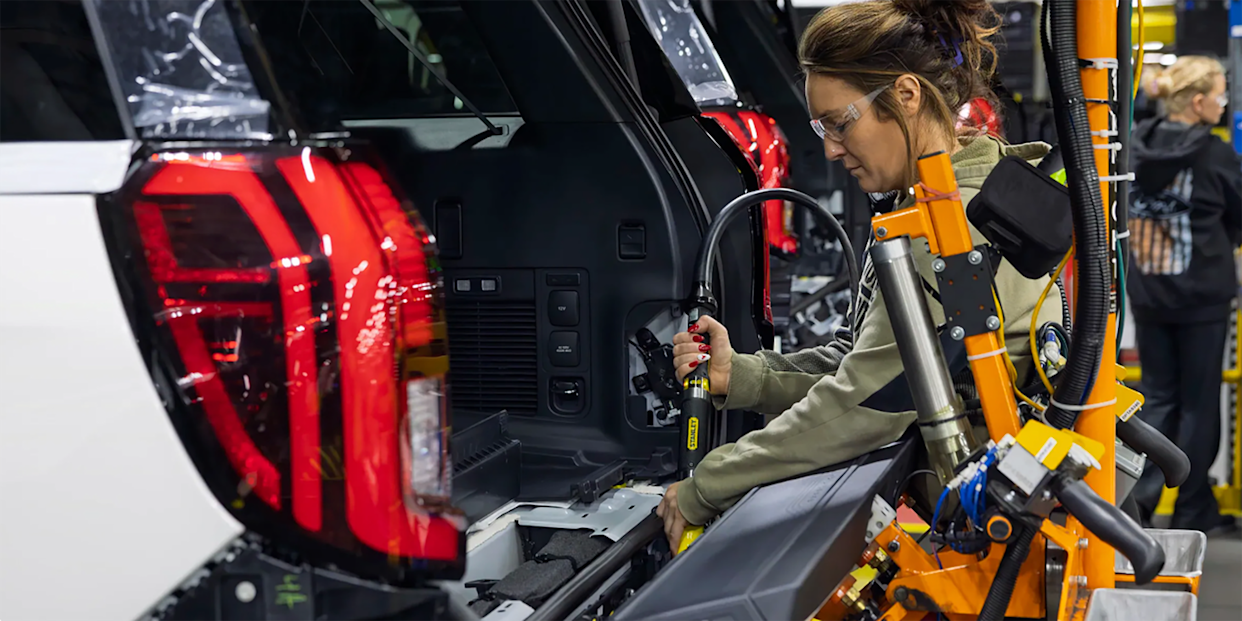
It’s a good bet the unveiling will be at Ford’s Louisville Assembly Plant that currently builds the Escape and Lincoln Corsair.
The 2028 Ford T3 EV is said to be a “tweener” pickup in size, larger than a Maverick but smaller than a Ranger.
We may see a midsize EV crossover, a Lincoln Corsair EV, and a new e-Transit unveiled within a couple years of the T3.
Ford will reveal August 11 in Kentucky what is expected to be its 2028 T3 midsize electric pickup truck on the new, lower-cost EV platform developed the last three years in the automaker’s California skunkworks.
CEO Jim Farley announced plans to unveil the new EV without giving details on the product during Ford’s second-quarter earnings call after markets closed Wednesday.
It’s a good bet the unveiling will be at Ford’s Louisville Assembly Plant that currently builds the Escape and Lincoln Corsair.
Last model year for the Escape is expected to be 2027, and the Corsair’s fate is uncertain. It could be replaced by a Lincoln crossover EV.
The 2028 Ford T3 is said to be a “tweener” pickup in size, larger than a Maverick but smaller than a Ranger. General Motors has dropped plans for a Chevrolet and/or GMC EV pickup challenger.
A midsize pickup would place the Ford T3 on the large end of the automaker’s EV plans.
Another Model T Moment?
Farley reiterated that Ford sees the all-electric market as working best for small city commuter vehicles as well as for larger commercial vehicles. The T3 could bridge both segments.
Farley also gave some possible insight into the codename for the EV pickup truck. “This is a Model T moment for us,” he told investors.
That applies to the new EV architecture as well as to the T3. Farley announced Ford’s “skunkworks” operation for its Model e business unit in California three years ago.
Its work has largely been kept secret even from Ford Blue and Ford Pro. Longtime Tesla Engineering Director Alan Clarke was hired to run it in 2022.
With the new EV architecture, Farley said Model e is reaching its goal of being cost-competitive with leading Chinese brands like Geely and BYD.
Ford’s lithium-ion phosphate batteries to be made in a new plant in Marshall, Michigan, also is key to cost reduction.
Saving Money on ZEV Credits
Thanks to the new EVs, Ford will purchase fewer zero-emission vehicle compliance credits (typically purchased from such companies as Tesla), saving nearly $1.5 billion, Farley said, though there’s little known about other EVs in Ford’s pipeline that would match the small commuter or Pro commercial vehicle recipe.
We may see a midsize EV crossover, a Lincoln Corsair EV, and a new e-Transit unveiled within a couple years of the T3.
The Mustang Mach e is scheduled for a major change in the 2029 model year, presumably on the new platform, according to one source. The ’29 model year also is tipped to be the last for the F-150 Lightning.
Ford wants to shrink the number of vehicle “top hats” (the sheetmetal designs over the platforms) for its EV lineup and not match competitors’ myriad model options with 10-15 top hats that cover most segments, according to Farley. Looking at you, GM.
The whole of the company is taking a similar path by “doubling down” on trucks, iconic products like the Mustang, and the new EV platform, rather than “generic” products, Farley said.
This strategy prevents Ford from relying on foreign production for lower-margin vehicles, he said.
Tariff Bite of $2 Billion
Ford of Europe is different, where Farley said alliances for sharing EV technology are key to cost reduction for products already on the market, like the Capri, Puma, and European Explorer.
But Ford’s oft-quoted claim of being the most American of automakers in terms of production needs work.
Farley said simplified tariffs would help, as Ford’s “tariff bite” so far is $2 billion. Farley did not specify the timeframe of its tariff costs, but they officially began with “Liberation Day” April 2, so basically, for the second quarter.
Stellantis has reported a tariff cost of $1.7 billion and GM a tariff cost of $1.1 billion for the second quarter.

Ford’s all-electric Model e lost $1.3 billion in the second quarter, compared with a $1.1 billion loss in Q2 of 2024.
Ford Pro earned $2.3 billion in the second quarter, down $244 million year-over-year, largely the result of planned model changeover, and Ford Blue posted $661 million in earnings before interest and taxes for the quarter, down from $1.2 billion EBIT in Q2 of 2024.
Overall, Ford Motor Company posted a $2.1 billion EBIT for the quarter off revenue of $50.2 billion, down from $2.8 billion. For the first half, Ford’s EBIT was $3.2 billion from $90.8 billion in revenue.
Would you like to see Ford’s next-generation EVs sooner than the 2028 model year? Please comment below.
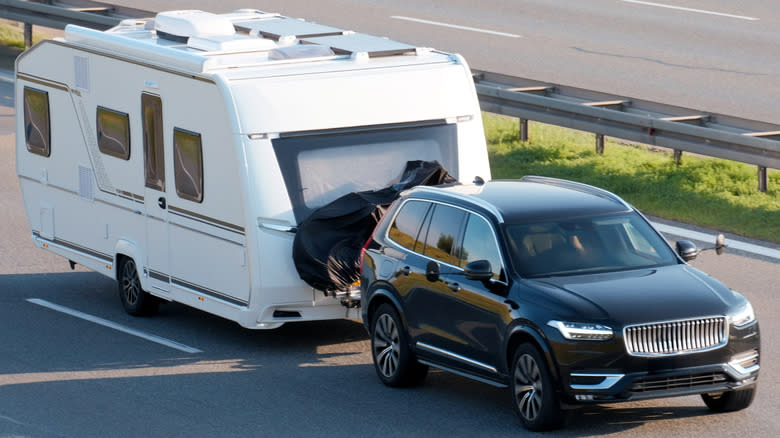
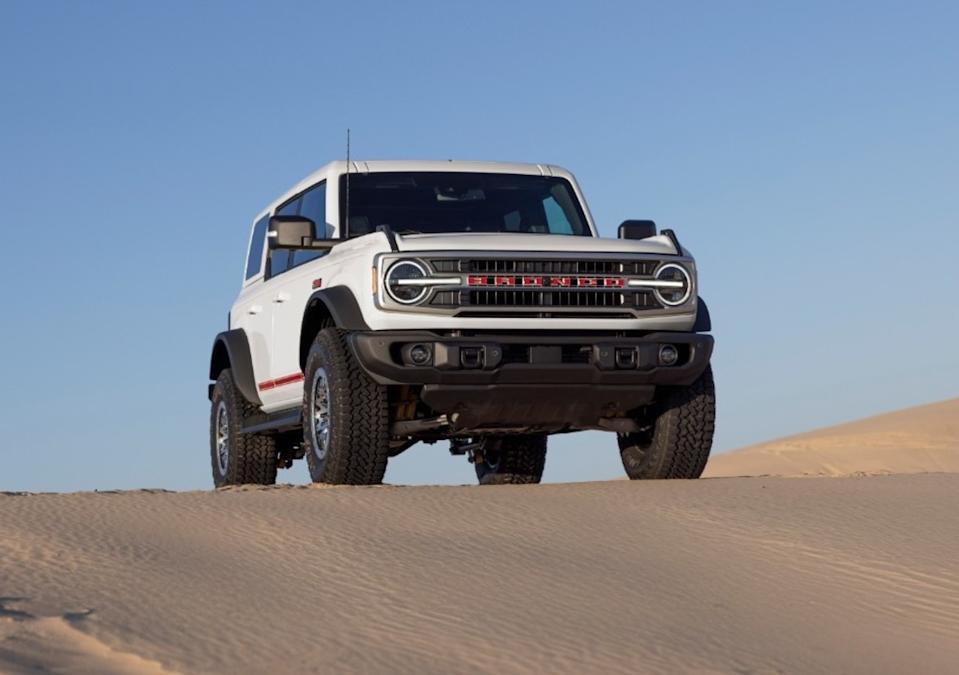
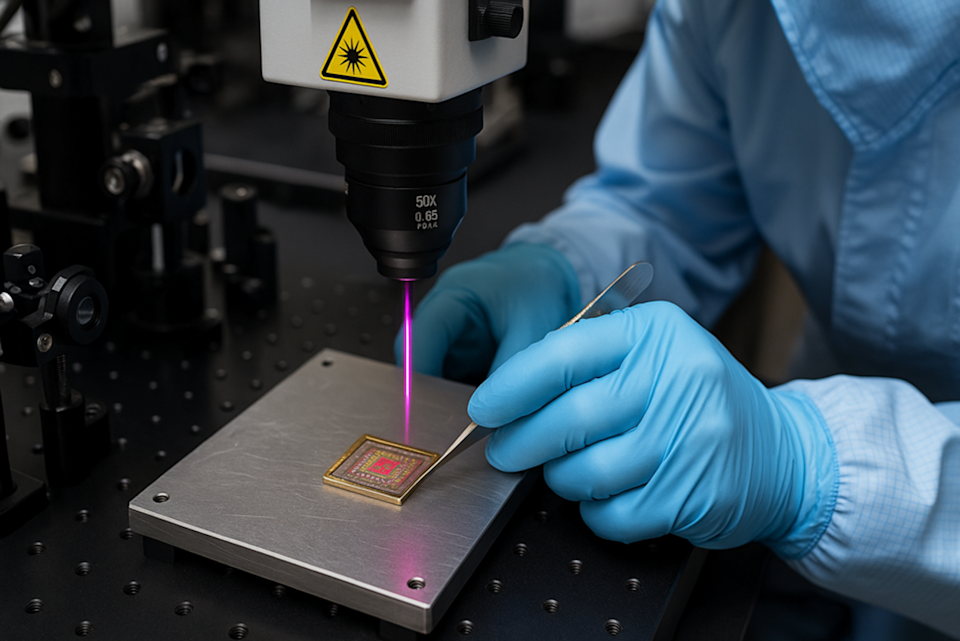


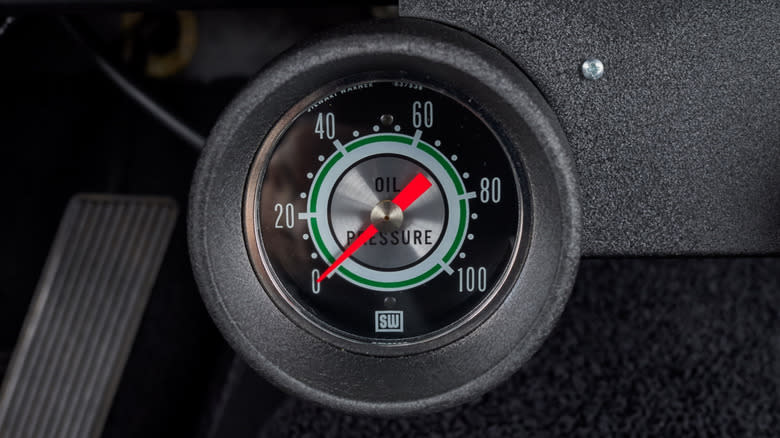

Comments